The first step to minimise and prevent pimple/acne scarring is to understand what causes pimples.
For pimple vulgaris sufferers, they suffer up to 10% to 15% chance of permanent pimple scarring due to severe pimples and delay in treatment. Cystic pimples develop to severe levels and bad habits of picking on pimples will make it worse. Early detection and treatment prevents permanent scarring because of reduction of inflammatory bumps, leading to less damage on the epidermis.
Appropriate pimple scar removal approach is always based on the causes of pimples, as well as identifying the scar type to specifically target them.
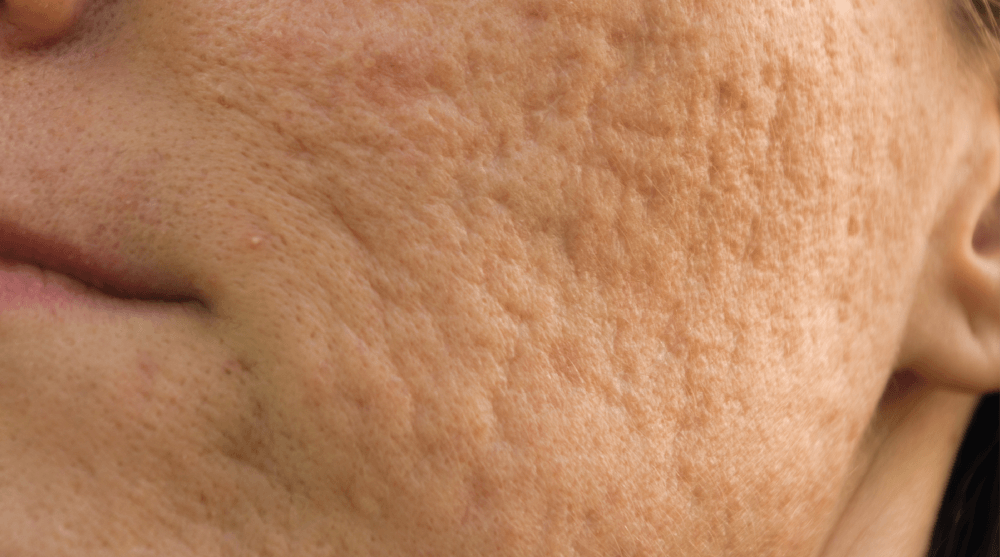
Pimples are the phenomenon of an inflamed tissue on the epidermis and multiple layers underneath, depending on its severity. Ice pick, boxcar and rolling scars are some of the most commonly treated types of pimple scars. Usual affected areas are the forehead, temples, cheeks, nose, jawline and back. The scale of scarring are individualised.
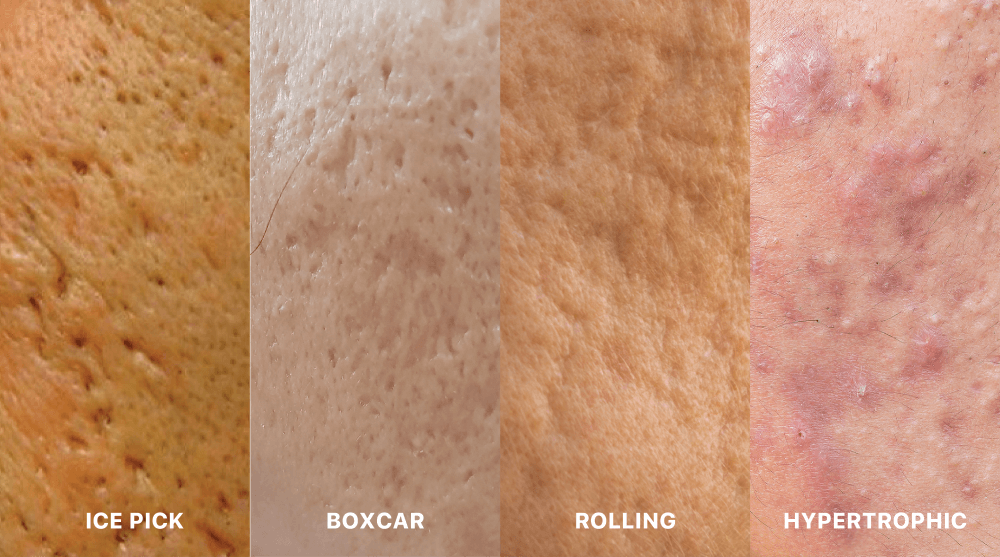
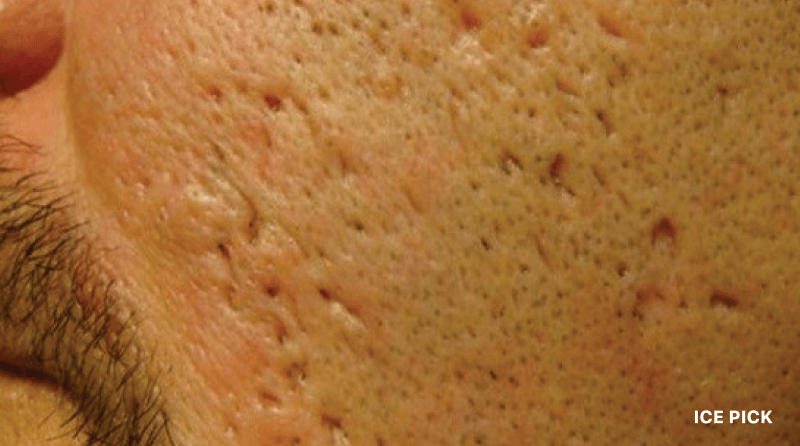
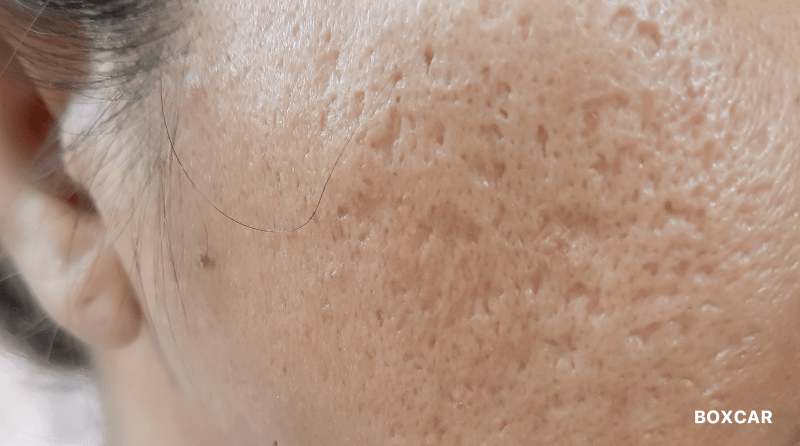
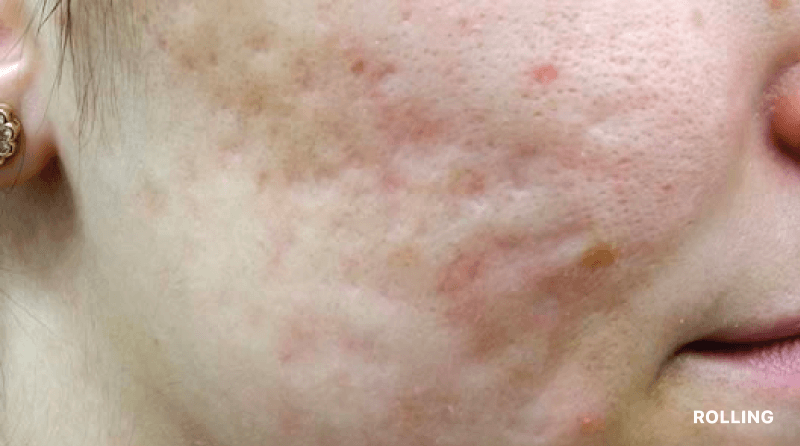
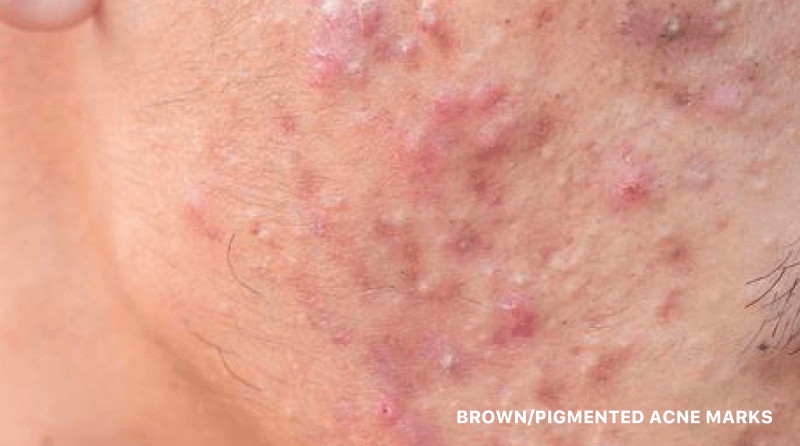
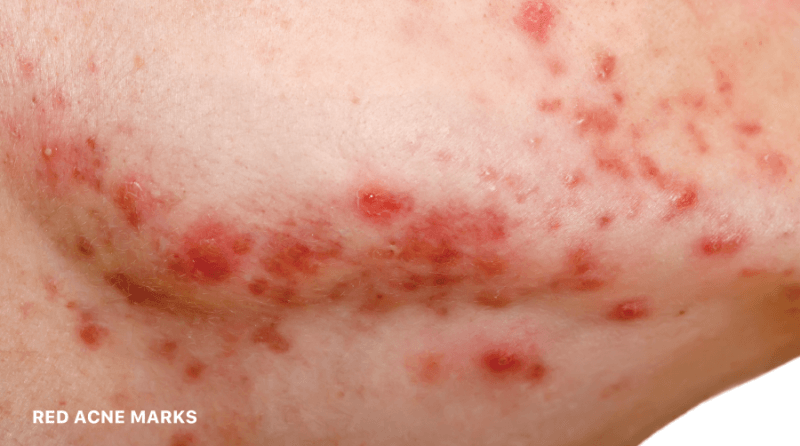
The scale of skin damage and pimple scar causation differs for each individual due to distinctive distribution, depth, and patterns of scarring. While one person may suffer from keloids and red pimple marks on their back and chest, others might experience multiple other combinations in the same affected areas.
Treatments take into account skin quality, tone, and history of allergens and triggers in order to target specific types of scar tissue and promote the best possible results.

The PICOPULSE™ Technology is effective, safe, and affordable solutions that target pimple marks, blemishes, and skin discolouration that appear after an outbreak. These often take the form of dark marks, known as pigmented pimple scars, or red pimple marks.
Pigmented pimple scars result from a build-up of melanin, while red pimple scars are caused by inflammation of blood vessels in the affected area. These marks can take several months to heal on their own; therefore, PICOPULSE™ speeds up the healing process by using a special wavelength to accurately target them.
The first step of these sessions is to minimise active pimple sites, then reduce inflammation with maintenance sessions, followed by targeting scars once the skin has stabilised.

Brown blemishes appear as the pimple heals, and this phenomenon is known as post-inflammatory hyperpigmentation (PIH). It is common among individuals with darker skin tones. PIH typically takes 9 to 12 months to heal on its own, but this requires consistent protection against UV damage. Lightening creams may help, but they don’t deliver results as quickly as PICOPULSE™ sessions for deep-layer pigmentation.
PICOPULSE™ Technology is a holistic service that targets pigment, gradually reducing the appearance of pigmentation over time. Multiple sessions are required to achieve optimal results.

Its distinctive characteristic is the appearance of a flat pink to red mark on the skin’s surface. Known as post-inflammatory erythema (PIE), it is caused by an increase in blood vessel supply to the affected site and can take several months to fade on its own.
Looking for effective pimple scar removal? One Doc’s signature PICOPULSE™ Technology is your first choice. A safe and effective solution for pimple scars.
Is it safe on dark skin?
For each skin concern, there are specific approach to cater to it.
PICOPULSE™ is safe to use on all skin types, even on darker tones. However, sun protection with regular sunblock use is recommended when committing to a treatment programme.

How many PICOPULSE™ sessions before visible results?
It depends on each individual’s scar and skin type as well as healing capacity. Most clients notice visible improvements after 3–6 sessions*, typically over 3–6 months*, depending on the severity. We advise a thorough consultation with our consultant first to evaluate your skin and recommend the best session plan. It is important to target the existing pimple causes to reduce the appearance of pimple scars.
*Results may vary depending on individual skin condition and lifestyle.
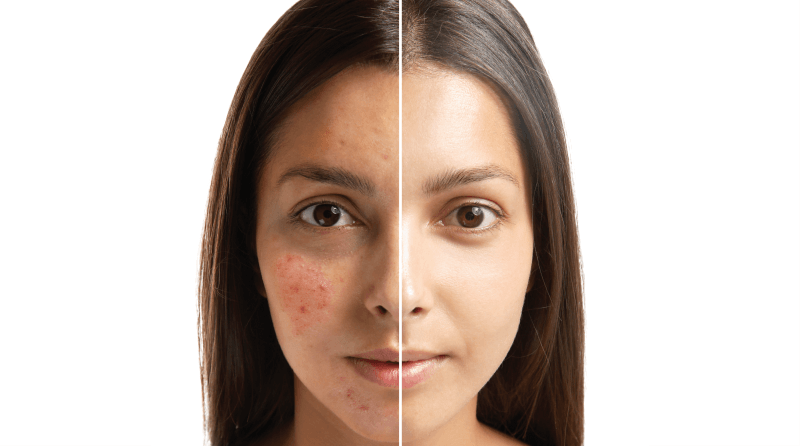






The information needed can be found here.
